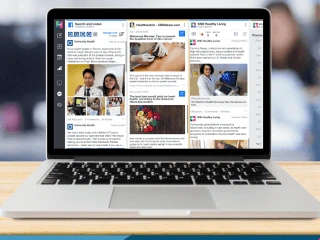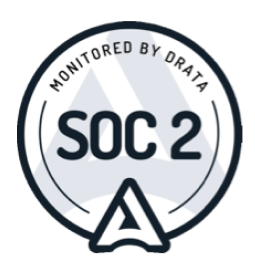During the COVID-19 pandemic, misinformation has become widespread on social media platforms. While hospitals have become more likely to publish information directly to social media, most have a much smaller following than other sources of information such as traditional news media, health media, and even third-party fact checkers.
However, hospitals and healthcare systems are uniquely positioned to be a source of calm and credible information in their communities. According to an observational study from UC-Davis in the Journal of Medical Internet Research, “Although hospitals receive less engagement than other information sources, the comments expressed more positive emotions compared to other information sources. This suggests that hospitals should invest more in generating engaging public health campaigns on social media.”
There are a few simple ways that hospitals can take up their part in the social media conversation and create engaging and accurate content.
Publish Content Everywhere
The best way to maximize your social media audience is simply to have a presence wherever your audience may be. At the very minimum, having accounts on Facebook, LinkedIn, YouTube, Instagram and Twitter will give you the greatest potential to get your message out. Using a tool like SND to easily distribute content (and even automate) to these platforms can save time while publishing, freeing teams up to create more content.
Use Different Types of Media
On Facebook alone, users may encounter content in the form of link posts, images, long-form horizontal videos, and short form Reels. While each user will not see every piece of your content thanks to social media algorithms, mixing up your content types will make it more likely that you’ll get crucial messaging in front of patient populations. Consider creating vertical videos from your link content in order to reach new audiences in alternate ways.
Target Underserved Audiences with Social Ads
For health interventions with lifesaving messaging (for instance, the importance of testing and vaccinations for COVID-19), consider using social advertising to reach patient populations – even those who are not following your page on social media. Customizing the copy, the media type, and the placement for each segment of your target population will help your message come through loud and clear.
How SND Can Help
As healthcare professionals, your responsibility to combat health misinformation on social media is crucial. Social News Desk (SND) provides robust social media management tools tailored specifically for healthcare organizations, helping you spread accurate and authoritative information efficiently.
With SND, you can seamlessly manage multiple platform postings, engage with your audience, and measure the impact of your content. Enhance your ability to reach broader audiences with credible information through targeted social ads and diverse media types, ensuring your messages make the most significant impact.
Ready to take control of your social media strategy with precision and ease? Explore our Social Media Management Tool for Healthcare and see how we can support your efforts. Interested in seeing our platform in action? Request a free demo and start transforming your approach to social media management.





